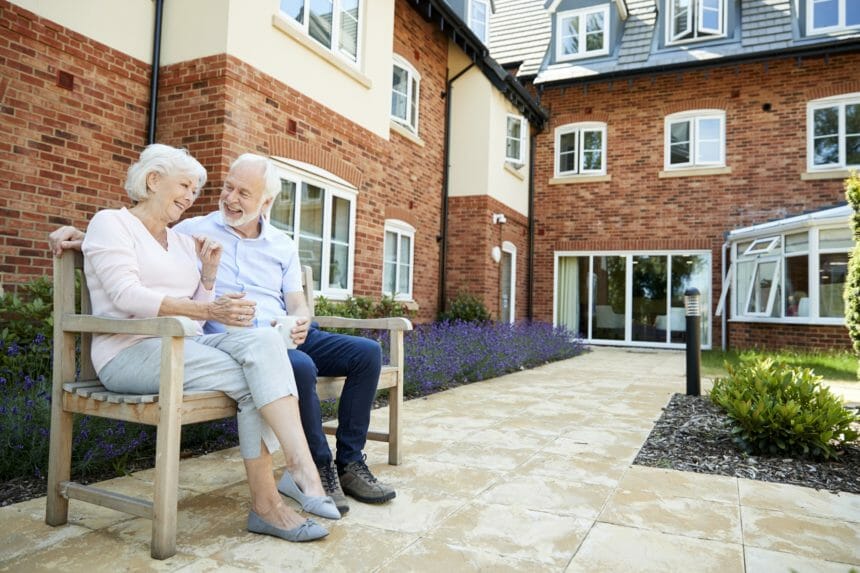
Even before the pandemic began, senior living was experiencing the challenges of a shifting demographic — adjusting to longer life spans, more-active retirements, a labor shortage and changing care needs. What emerges from the sector moving forward is likely to be quite different from what exists today, according to a new report in Barron’s.
For those who choose congregate living — which in itself may be a smaller portion of living — the pandemic will change the types of units they want to buy, while the industry rethinks building design and layouts, experts said.
“Physical distancing is the key that keeps us safe, but we saw residents physically and cognitively declining from two to three weeks of social distancing,” Thrive Senior Living President Les Strech told Barron’s. Atlanta-based Thrive, which operates 16 communities in the South and Middle Atlantic regions, moved its COVID-19 isolation units from upper floors of facilities where there was no access to the outdoors for fresh air and sunshine to the ground floor where residents could get outside safely. The operator also developed clear panels in doorways so residents could see and talk safely with visitors — and is trying to do that for dining options, as well.
The industry is also considering putting smaller groups of units in a building as opposed to several dozen down a long hallway, and designating areas that can be used for isolation. Efforts to incorporate more outside space and rethin heating and air conditioning systems to circulate air over smaller areas are also being examined.
“When it comes to the senior-housing industry and care, there will be a time we see this in the rearview mirror but not a time when we will return to the old normal,” said Robert Kramer, who co-founded the National Investment Center for Seniors Housing & Care and is still senior adviser there in addition to heading aging advisory Nexus Insights. “That is critical for this industry and investors to understand.”
The report mentions a McKnight’s Senior Living’s survey in which 75% of senior living operators reported personal protective equipment shortages in senior living communities.




